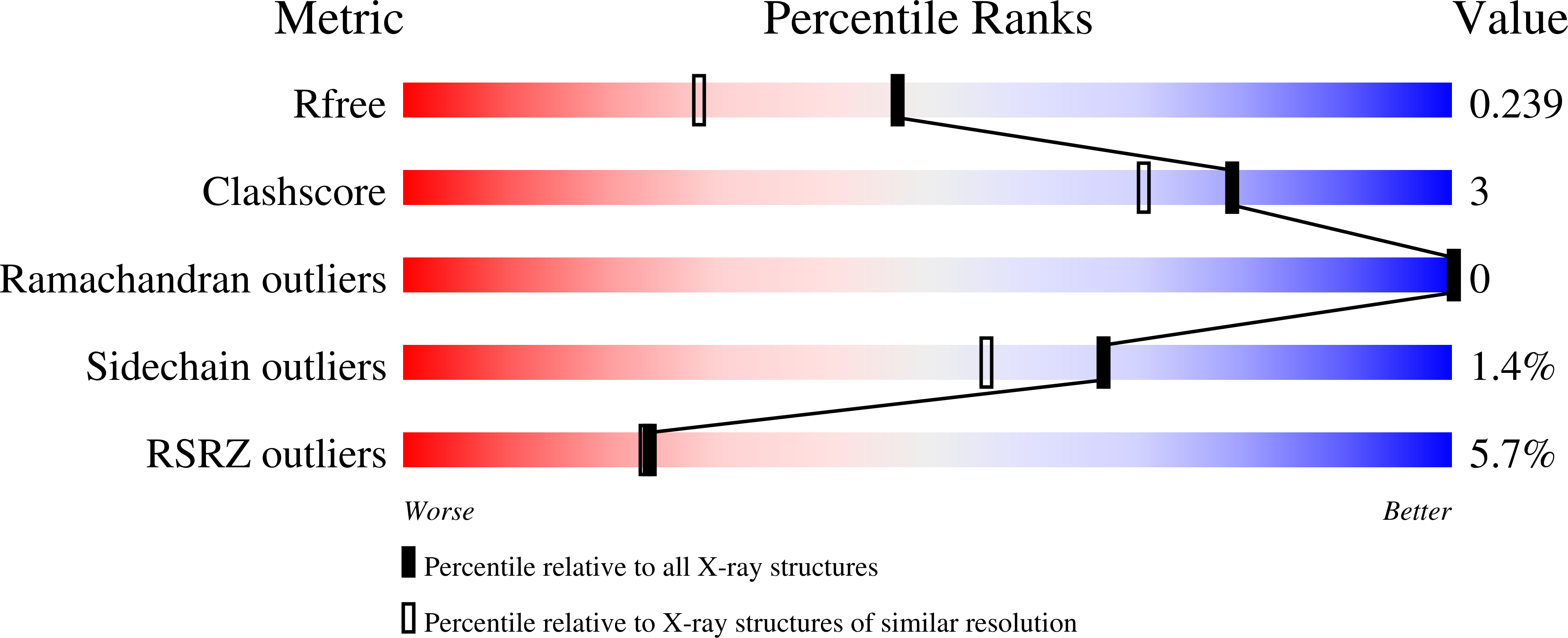
Deposition Date
2021-06-17
Release Date
2021-10-20
Last Version Date
2024-01-31
Entry Detail
PDB ID:
7OWC
Keywords:
Title:
Structure of CYLD CAP-Gly3 (467-565) bound to Ub; orthorhobic space group
Biological Source:
Source Organism:
Homo sapiens (Taxon ID: 9606)
Host Organism:
Method Details:
Experimental Method:
Resolution:
1.85 Å
R-Value Free:
0.23
R-Value Work:
0.20
R-Value Observed:
0.20
Space Group:
P 21 21 21


